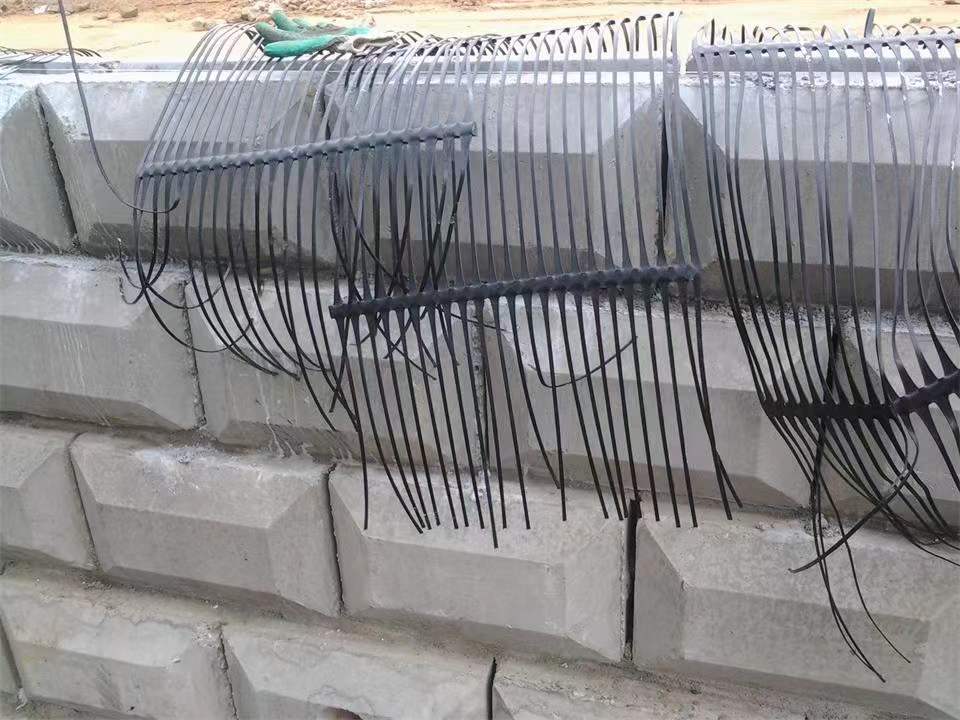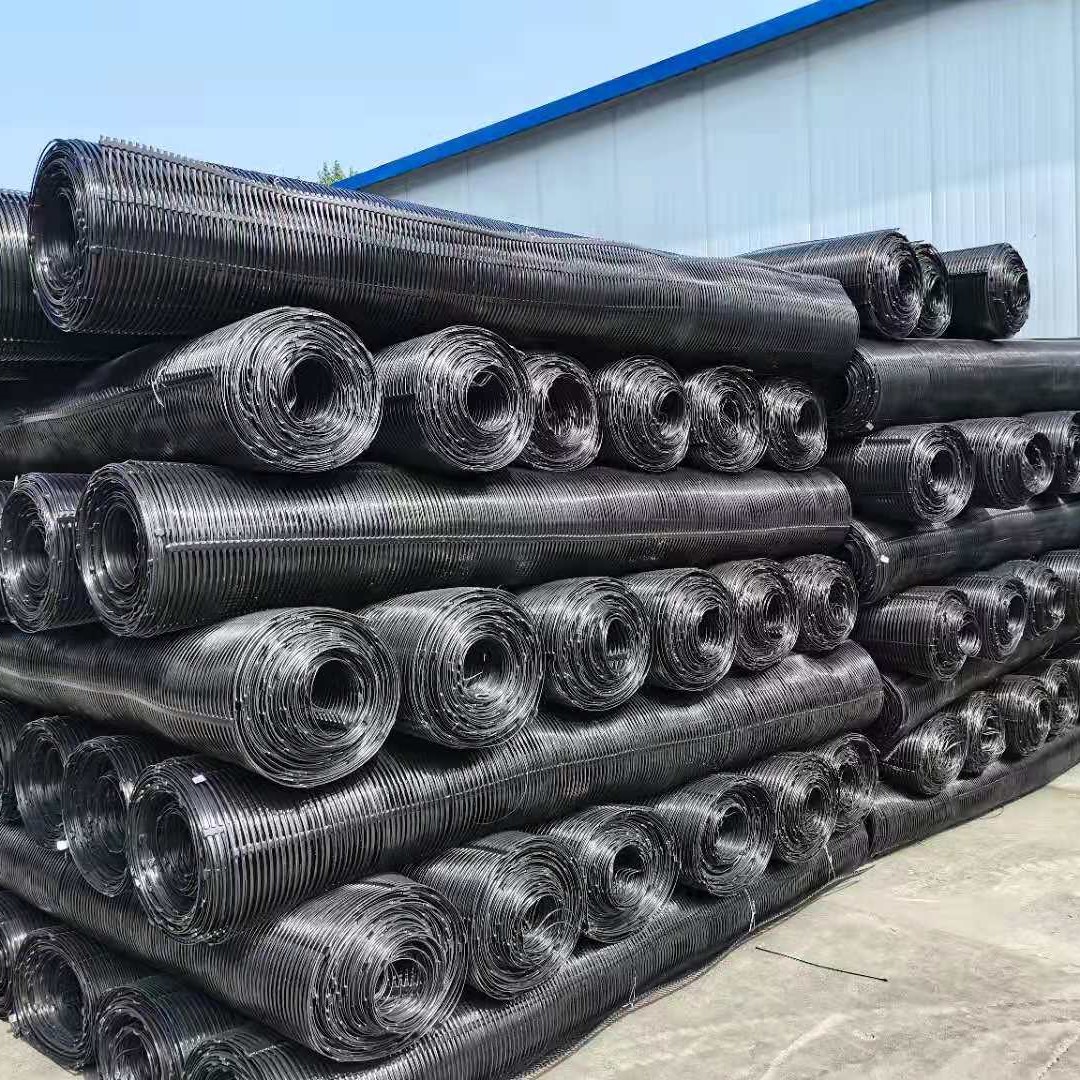HDPE单向土工格栅挡土墙中的应用
擁壁における HDPE 一方向ジオグリッドの適用
Application of HDPE uniaxial geogrid in retaining wall
- Geocell
- Geomembrane
- Uniaxial geogrid
- Biaxial geogrid
- Geotextile
- EVOH Geomembrane
- Warp-knitted geogrid
- Geosynthetic Clay Liner
- Composite Geonet
- Self - adhesive waterproof membrane
- Mining high-strength polyester fiber mesh
- Composite anti-permeability material
- Graebel Fix
- Safety net
- Weed control sheet
- Flexible container bag
- Dimpled Drainage Sheet
- Composite Materials
- Other synthetic materials
- Geomembrane in environmental protection engineering
- Application of geomembrane in water conservancy
- Application of geomembrane in aquaculture
- Application of geomembrane in chemical industry
- Geomembrane in mining engineering
- geocell for retaining walls
- geocell for slope stabilization
- geocell for road construction
- geocell for permafrost
- Geotextiles in slope protection projects
- Project to Strengthen Weak Infrastructure
- Landfill Isolation Project
- Application of geocell in mining area
- Application of HDPE geogrid in retaining wall
- geocell for retaining walls
- geocell for beach erosion
- geocell for landfill
- geocell for drainage
- Application of three-dimensional composite drainage network in landfill
- Application of three-dimensional composite drainage network engineering
- Parking lot new product application
- Top
Product Details
HDPE (high-density polyethylene) one-way, or uniaxial, geogrids are highly effective in retaining wall applications due to their ability to provide significant tensile strength in a single direction. Here's a breakdown of their application:
Key Applications and Benefits:
Reinforced Soil Retaining Walls:
HDPE uniaxial geogrids are primarily used to reinforce soil behind retaining wall structures.
They significantly increase the stability and load-bearing capacity of the wall by providing tensile reinforcement within the soil mass.
This reinforcement allows for the construction of taller and steeper retaining walls than would be possible with unreinforced soil.
Increased Stability:
The geogrid's high tensile strength counteracts the lateral earth pressure that pushes against the retaining wall.
This helps prevent wall failure, such as sliding or overturning.
Cost-Effectiveness:
Using geogrids can reduce the need for large quantities of concrete or other expensive construction materials.
They can also allow for the use of readily available on-site fill materials, further reducing costs.
Durability:
HDPE is resistant to chemical and biological degradation, ensuring the long-term performance of the geogrid in soil environments.
They are also designed to resist creep, which is the long term deformation of a material under constant stress.

Construction Advantages:
Geogrids are relatively easy to install, which can speed up construction times.
They are flexible and adaptable to various wall designs and site conditions.
How They Work:
Uniaxial geogrids are designed with elongated openings that allow soil particles to interlock with the grid.
This interlocking creates a strong composite material that can effectively distribute tensile forces.
When lateral earth pressure pushes against the retaining wall, the geogrid resists this force by transferring it deep into the soil mass.
Important Considerations:
Design: Proper design by a qualified engineer is crucial to ensure the stability and safety of the retaining wall.
Soil Type: The type of soil used as backfill is a critical factor in the performance of the geogrid reinforcement.
Installation: Correct installation according to the manufacturer's specifications is essential to maximize the effectiveness of the geogrid.
In essence, HDPE one-way geogrids provide a reliable and cost-effective solution for reinforcing retaining walls, enhancing their stability and extending their lifespan.




